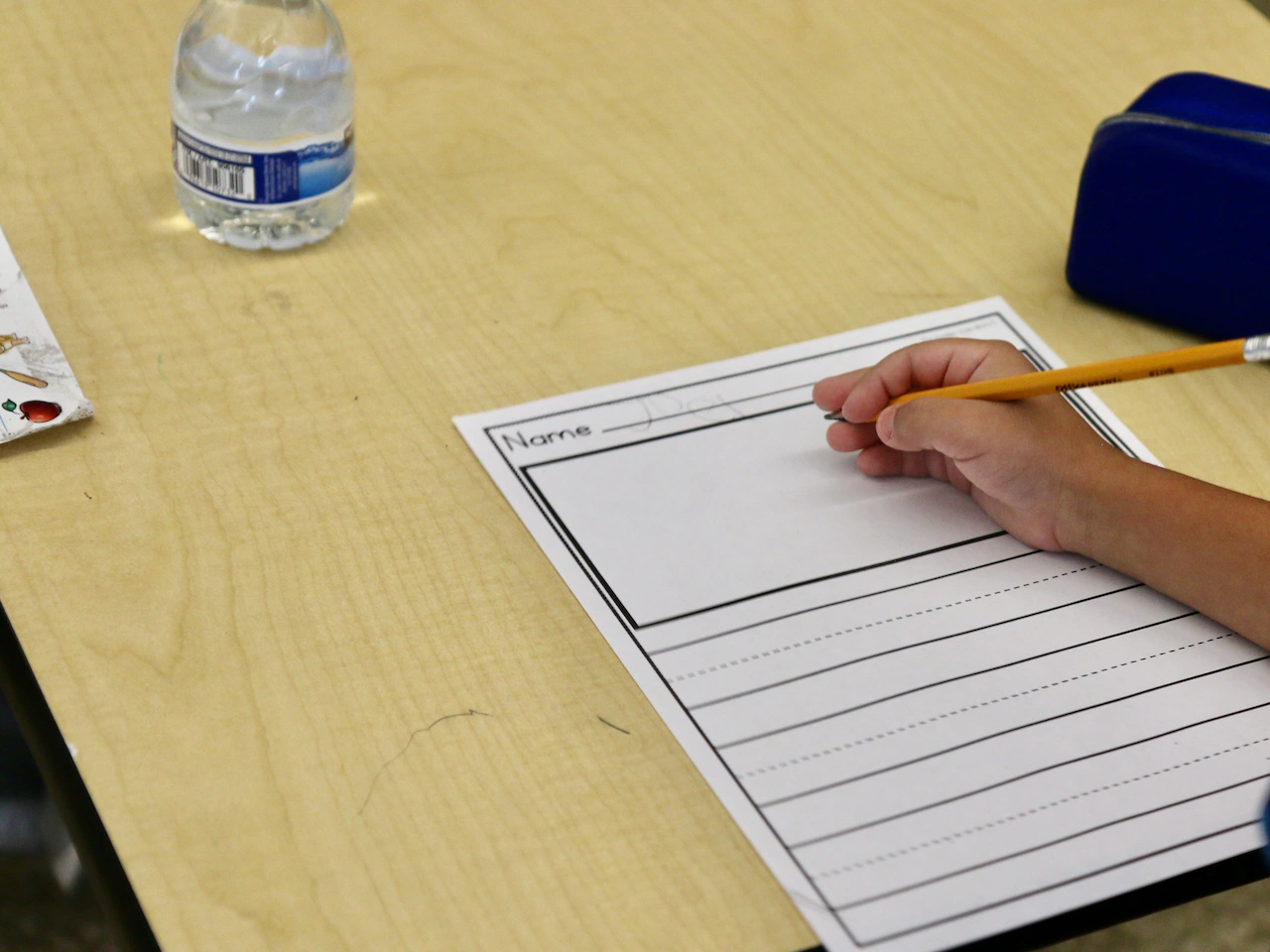
PORT HARCOURT – This summer, a male patient at Specialist Hospital Damaturu in Nigeria’s Yobe State physically assaulted a female health-care worker following a dispute over the provision of medical attention. Sadly, this is a relatively common experience for health-care workers in Nigeria, especially women. Surveys conducted in hospitals in Kaduna state and Abia state found that 64% and 88% of health workers, respectively, had experienced workplace violence. During my own first year of clinical practice in Nigeria, when I was just 24 years old, I was attacked by a parent in the children’s ward where I worked.
Nigeria is not alone. Reports of violence against health-care workers have been on the rise over the last five years in a wide range of countries, including Australia, China, the Czech Republic, France, Germany, Poland, Slovakia, Spain, Turkey, the United Kingdom, and the United States. A 2019 study showed that 11% of nurses in Italy had endured physical violence at work in the previous year, and 4% were threatened with a firearm. About half of all nurses reported experiencing verbal aggression.
Such reporting tells only part of the story. The belief that violence is “part of the job,” together with the lack of protocols for handling attacks and the empathy of many in the health-care field, discourages reporting. When I was attacked in 2004 – narrowly avoiding a severe head injury, thanks only to the swift intervention of another patient’s relative – I eschewed legal prosecution out of sympathy for the perpetrator’s family, which was, after all, grappling with a child’s illness and subsequent death. It is likely that fewer than half of all victims of violence in health-care settings report the incidents.
With this in mind, the World Health Organization estimates that as many as 38% of health-care workers suffer some form of physical violence, perpetrated mostly by patients and visitors, at some point in their careers. This figure does not cover the verbal threats and intimidation many workers face as they carry out life-saving work, often under high-stress, low-resource conditions.
Several factors contribute to the violence. Health-care workers are often younger women. They must work both day and night shifts in environments that are accessible to the general public, including people who have consumed drugs or alcohol, and people suffering from psychiatric illnesses. Moreover, staff and resource shortages mean that health-care workers are often overworked, underpaid, and lack access to the tools they need to deliver quality or timely care. Long wait times increase stress and frustration among patients (and their relatives), who often expect miracles, even when they present late for treatment. Add to that poor communication and weak workplace protections, and violence becomes a constant peril.
Risks to health-care workers are particularly acute in disaster, conflict, and other humanitarian settings, where they may also become the targets of political or communal violence. During the COVID-19 pandemic, social isolation, misinformation about the virus, and the “dehumanization” of health-care workers – who were often viewed as resources, not people – contributed to a sharp uptick in violence.
As a result of these experiences, health-care workers often deal with anxiety, depression, job burnout, post-traumatic stress disorder, and other mental-health conditions. One study found that some 76% of psychiatric nurses who suffered from workplace violence subsequently experienced depressive symptoms.
As health workers’ well-being declines, so does the care that patients receive. Increased absenteeism and turnover compound the problem, especially as fewer people choose to enter the health-care field. At a time when the world is facing a shortage of health-care workers – projected to reach ten million by 2030 – this poses a direct threat to public health.
Protecting health-care workers will require a variety of interventions. For starters, violence prevention and response should be integrated into workers’ education and training. They should be taught communication strategies for de-escalating tense situations, and self-defense techniques to use if violence erupts. Team-based training can strengthen coordinated responses, enabling other workers to intervene when their colleagues are targeted.
Furthermore, the scope and enforcement of existing worker-protection laws must be enhanced. Institutions must implement zero-tolerance guidelines, with clear protocols for monitoring workplace safety, reporting and investigating incidents, and bringing legal action against offenders. The swift arrest and prosecution of perpetrators – as seen after the recent attack at Specialist Hospital Damaturu – can act as a deterrent. Hiring trained security personnel would also help, as would the implementation of reliable communication systems that enable workers to sound the alarm when their safety is threatened.
Meanwhile, a concerted effort must be made to address health-worker shortages, such as through task-shifting or -sharing – the partial or complete redistribution of certain responsibilities to less qualified personnel, so that highly qualified workers can focus on tasks that require their expertise. Already, this approach has improved service delivery in a number of areas – including HIV/AIDS, tuberculosis, hypertension, diabetes, mental health, eyecare, maternal and child health, sexual and reproductive health, and emergency care – in 23 Sub-Saharan African countries.
All people have a right to safety in their workplace. When we fail to uphold this right for health-care workers, we hurt not only them, but also the health of the public they serve.



